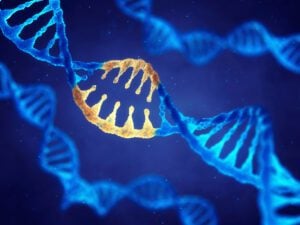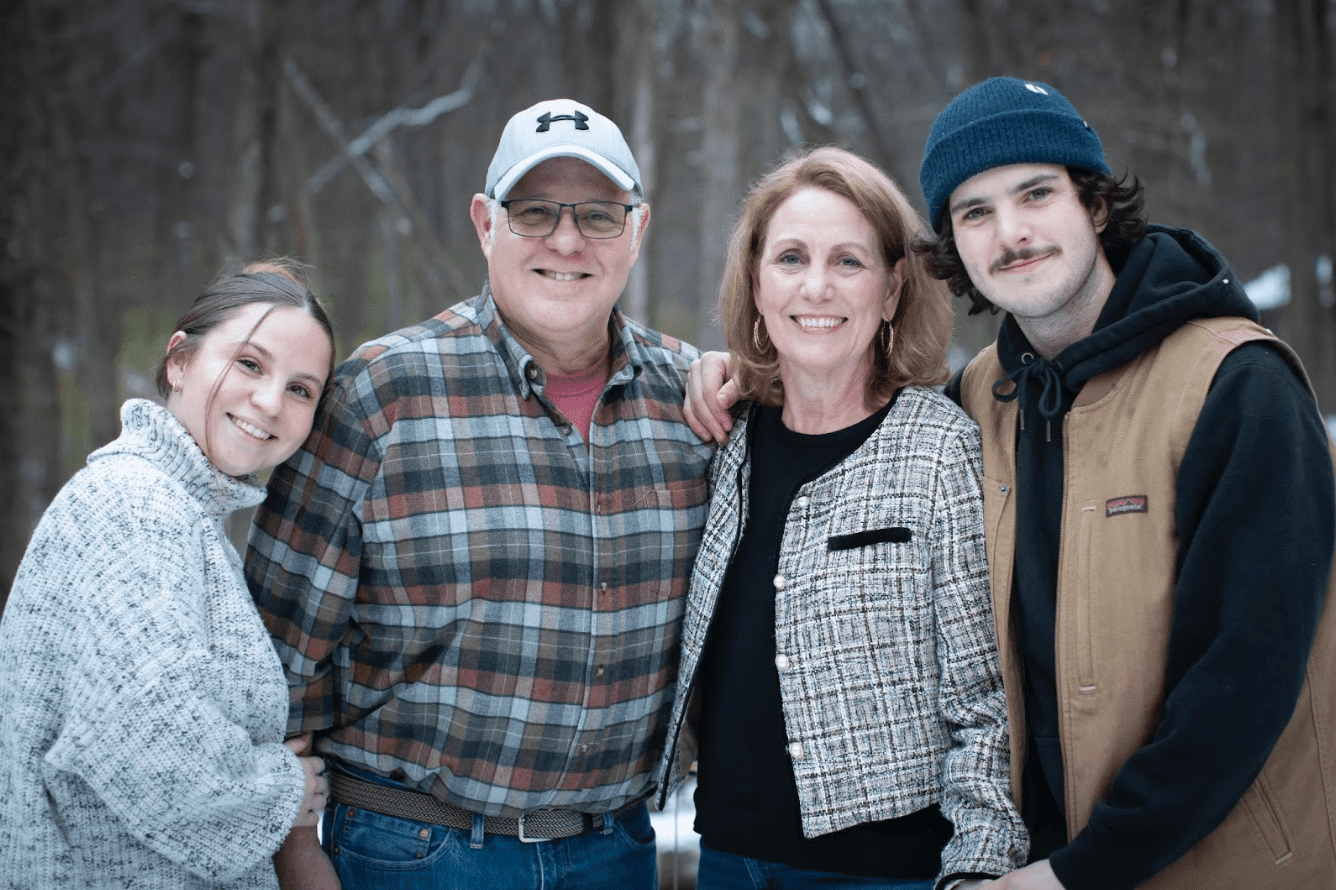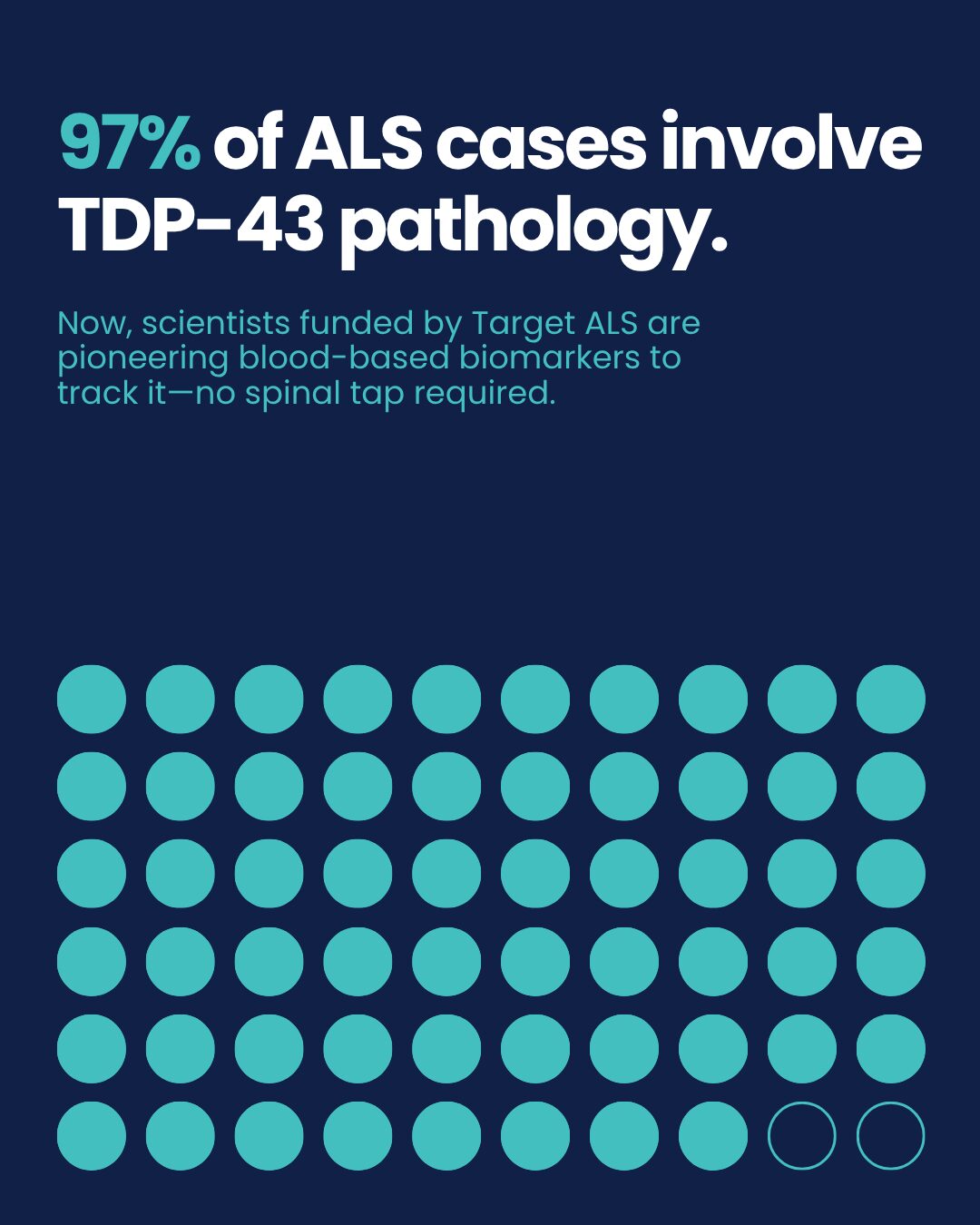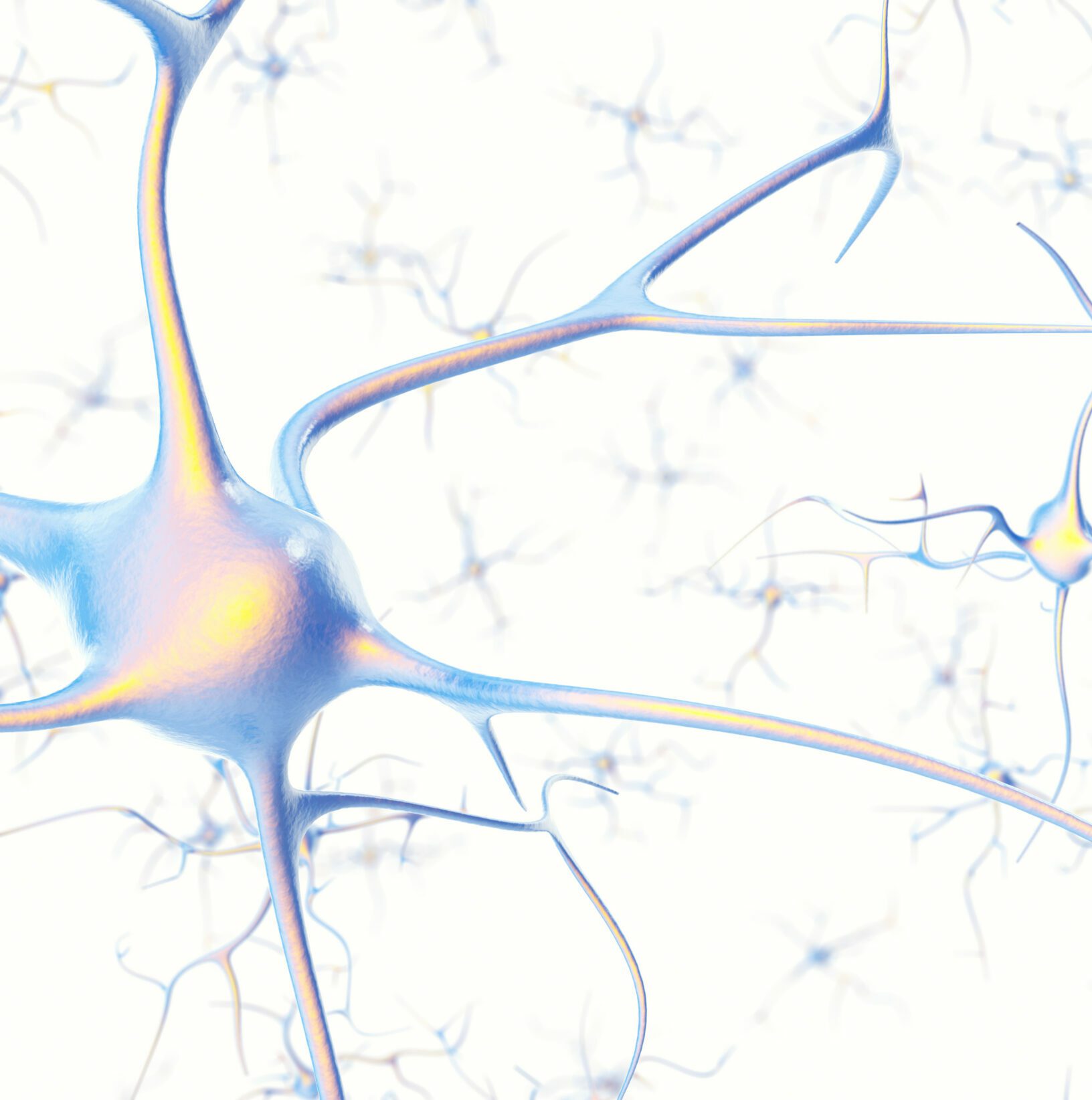 Since the early 1990s, researchers have been identifying genes associated with ALS. So far, they have identified more than 40, and the research continues.1 Despite the tremendous potential, much work needs to be done.
Since the early 1990s, researchers have been identifying genes associated with ALS. So far, they have identified more than 40, and the research continues.1 Despite the tremendous potential, much work needs to be done.
Approximately 5% to 10% of ALS cases are familial — inherited through a mutated gene — and about 60% to 70% of those diagnosed with familial ALS will test positive for one of the known mutated genes. What accounts for the other familial cases still remains unknown.2
Mutations in two genes, C9orf72 and SOD1, together account for half of all familial ALS cases. C9orf72 mutations account for 25% to 40% of familial ALS cases and about 7% of sporadic cases. SOD1 gene mutations account for about 20% of familial ALS and 2% of sporadic cases. TARDBP and FUS gene mutations each account for about 5%.3,4,5,6
Identified in 1993, SOD1 was the first gene found to be associated with familial ALS. Overall, roughly 2% of ALS cases are associated with mutations in the SOD1 gene, and more than 180 SOD1 mutations have been identified in ALS.7,8
The potential of gene therapy
Gene therapy approaches are being tested in clinical trials for patients with mutations in SOD1 or C9orf72 genes. And in 2019, the FDA approved onasemnogene abeparvovec (Zolgensma) as a gene therapy for infant spinal muscular atrophy, another neurodegenerative disease. “Given the accelerated progress in gene therapy, it is potentially a promising avenue to develop an efficient and safe cure for ALS,” researchers wrote that year in the International Journal of Molecular Sciences.9
Gene therapy to treat or cure diseases involve the introduction of genetic material into a person’s cells in order to increase the levels of a beneficial protein that may be decreased in disease or to replace a toxic protein with a beneficial one. There are various mechanisms for accomplishing this, but here is an example: When a gene is faulty —mutated — gene therapy may be able to replace it with a normal copy of the gene. That requires a vehicle, termed vector, to deliver the gene. Certain viruses can be used as vectors; they can deliver the new gene by “infecting” the cell.10 Put another way, they smuggle in the gene. These viruses have been disarmed — modified to remove their damaging properties — so they are simply carriers, nothing more.
More to learn
Mutations to some genes — for example, C9orf72 — are highly likely to manifest as ALS, but not every gene is as easy to classify, Hemali Phatnani, PhD, director of the Center for Genomics of Neurodegenerative Disease at the New York Genome Center, told Target ALS last year. Mutations in some genes may need to combine with other conditioning factors for ALS to become apparent. “Because ALS can be caused by single-mutated genes like C9orf72, or a combination of genes and outside influences, the genetic architecture of ALS is challenging,” she explained.11
In terms of SOD1, researchers have found that the mutation produces disease no different from any other form of ALS. Nevertheless, gene therapy designed for a specific SOD1 mutation may not work in patients without a mutation in that gene.12,13
Sporadic and familial ALS are quite similar, and the research into SOD1 mutations provided new insights into what goes wrong in ALS in general.14 One study targeting ALS at the gene level may provide a blueprint for targeting other genes associated with ALS. Therapies aimed at correcting the consequences of a specific gene mutation may lead to treatment for all cases of ALS.15,16
Notes
- Borg, R., Farrugia Wismayer, M., Bonavia, K. et al. Genetic analysis of ALS cases in the isolated island population of Malta. Eur J Hum Genet 29, 604–614 (2021). https://doi.org/10.1038/s41431-020-00767-9
- Genetic Testing for ALS. ALS Association https://www.als.org/understanding-als/who-gets-als/genetic-testing
- C9orf72 gene MedLinePlus
- Amyotrophic lateral sclerosis, MedlinePlus
- Vildan, C. et al.: Genetic alterations of C9orf72, SOD1, TARDBP, FUS, and UBQLN2 genes in patients with Amyotrophic Lateral Sclerosis. Cogent Medicine 6 (2019) https://www.tandfonline.com/doi/full/10.1080/2331205X.2019.1582400
- Mejzini R, et al. ALS Genetics, Mechanisms, and Therapeutics: Where Are We Now?. Front Neurosci. 2019;13:1310. Published 2019 Dec 6. doi:10.3389/fnins.2019.01310
- McCampbell A, Cole T, Wegener AJ, et al. Antisense oligonucleotides extend survival and reverse decrement in muscle response in ALS models. J Clin Invest. 2018;128(8):3558-3567. doi:10.1172/JCI99081
- Miller, T. et al.: Phase 1–2 Trial of Antisense Oligonucleotide Tofersen for SOD1 ALS. The New England Journal of Medicine 383 (2020)
- Cappella M, Ciotti C, Cohen-Tannoudji M, Biferi MG. Gene Therapy for ALS-A Perspective. Int J Mol Sci. 2019;20(18):4388. Published 2019 Sep 6. doi:10.3390/ijms20184388
- How does gene therapy work? Medline Plus
- TargetALS
- McCampbell A, op.cit.
- Miller, T. op cit.
- “Antisense Oligonucleotides: Can They Take on ALS, SMA, Prions?” | ALZFORUM May 22, 2019





